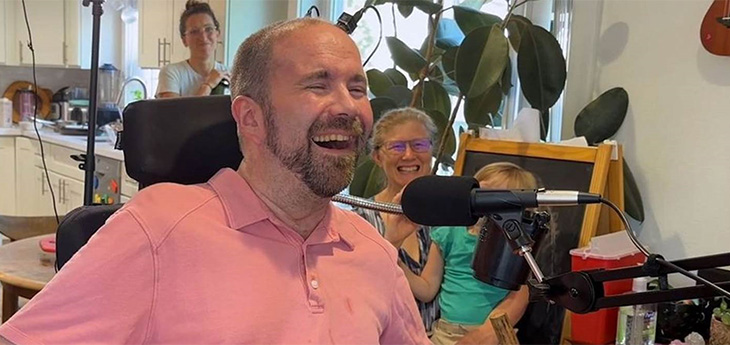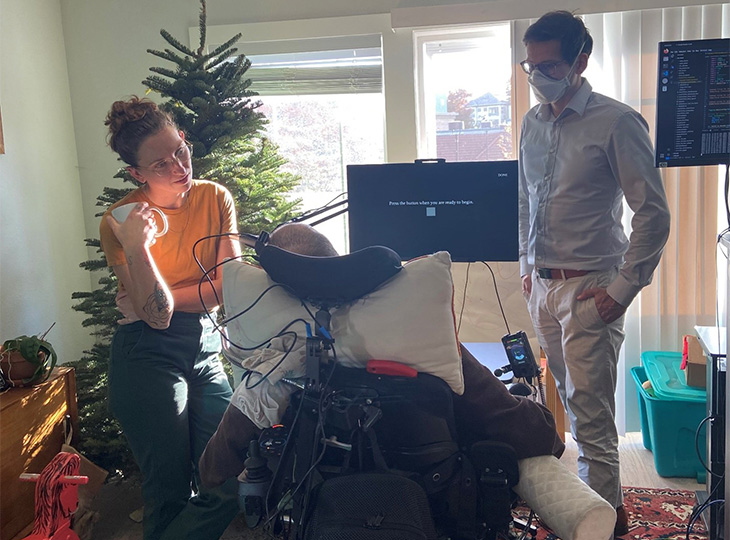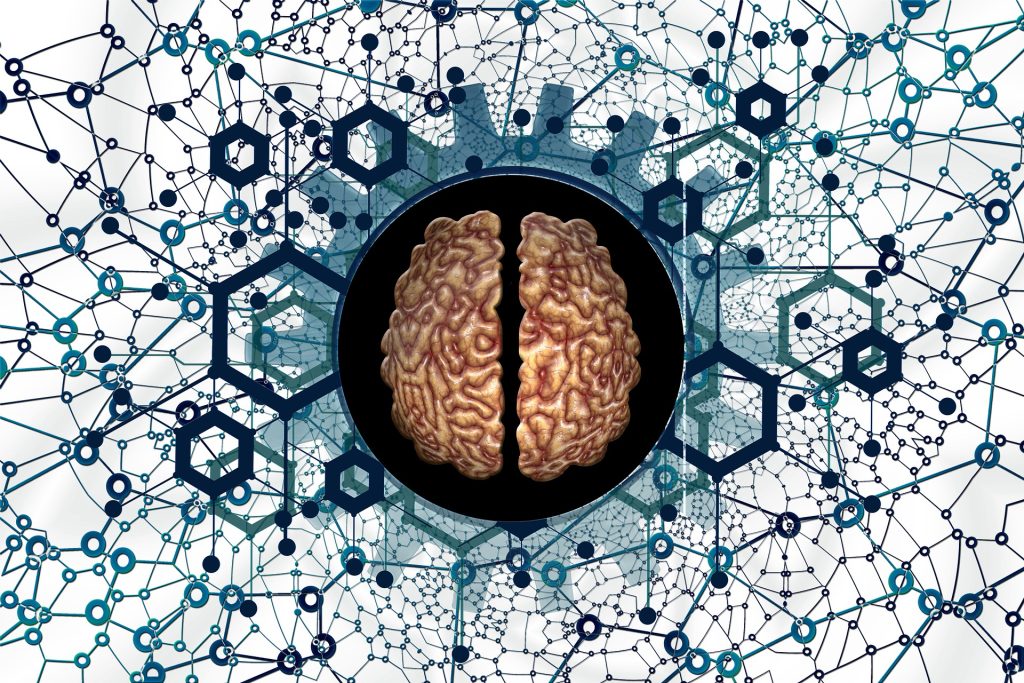Progress and Challenges in the Development of Brain Implants

In a paper recently published in The Lancet Digital Health, a scientific team led by Stanisa Raspopovic from MedUni Vienna looks at the progress and challenges in the research and development of brain implants. New achievements in the field of this technology are seen as a source of hope for many patients with neurological disorders and have been making headlines recently. As neural implants have an effect not only on a physical but also on a psychological level, researchers are calling for particular ethical and scientific care when conducting clinical trials.
The research and development of neuroprostheses has entered a phase in which experiments on animal models are being followed by tests on humans. Only recently, reports of a paraplegic patient in the USA who was implanted with a brain chip as part of a clinical trial caused a stir. With the help of the implant, the man can control his wheelchair, operate the keyboard on his computer and use the cursor in such a way that he can even play chess. About a month after the implantation, however, the patient realised that the precision of the cursor control was decreasing and the time between his thoughts and the computer actions was delayed.
“The problem could be partially, but not completely, resolved – and illustrates just one of the potential challenges for research into this technology,” explains study author Stanisa Raspopovic from MedUni Vienna’s Center for Medical Physics and Biomedical Engineering, who published the paper together with Marcello Ienca (Technical University of Munich) and Giacomo Valle (ETH Zurich). “The questions of who will take care of the technical maintenance after the end of the study and whether the device will still be available to the patient at all after the study has been cancelled or completed are among the many aspects that need to be clarified in advance in neuroprosthesis research and development, which is predominantly industry-led.”
Protection of highly sensitive data
Neuroprostheses establish a direct connection between the nervous system and external devices and are considered a promising approach in the treatment of neurological impairments such as paraplegia, chronic pain, Parkinson’s disease and epilepsy. The implants can restore mobility, alleviate pain or improve sensory functions. However, as they form an interface to the human nervous system, they also have an effect on a psychological level: “They can influence consciousness, cognition and affective states and even free will. This means that conventional approaches to safety and efficacy assessment, such as those used in clinical drug trials, are not suitable for researching these complex systems. New models are needed to comprehensively evaluate the subjective patient experience and protect the psychological privacy of the test subjects,” Raspopovic points out.
The special technological features of neuroimplants, in particular the ability to collect and process neuronal data, pose further challenges for clinical validation and ethical oversight. Neural data is considered particularly sensitive and requires an even higher level of protection than other health information. Unsecured data transmission, inadequate data protection guidelines and the risk of hacker attacks are just some of the potential vulnerabilities that require special precautions in this context. “The use of neural implants cannot be reduced to medical risks,” summarises Stanisa Raspopovic. “We are only in the initial phase of clinical studies on these technological innovations. But questions of ethical and scientific diligence in dealing with this highly sensitive topic should be clarified now and not only after problems have arisen in test subjects or patients.”
Source: Medical University of Vienna









